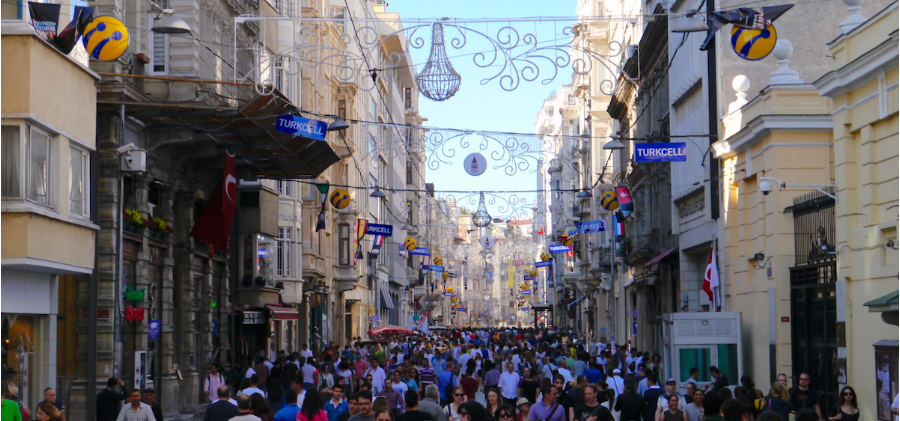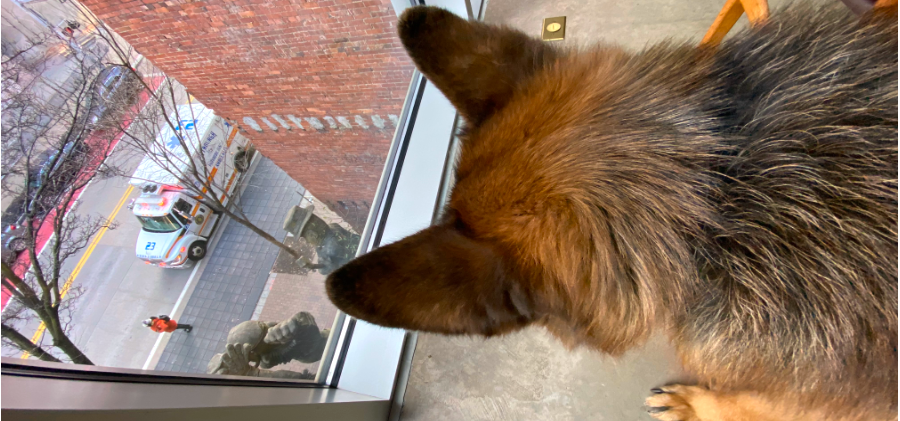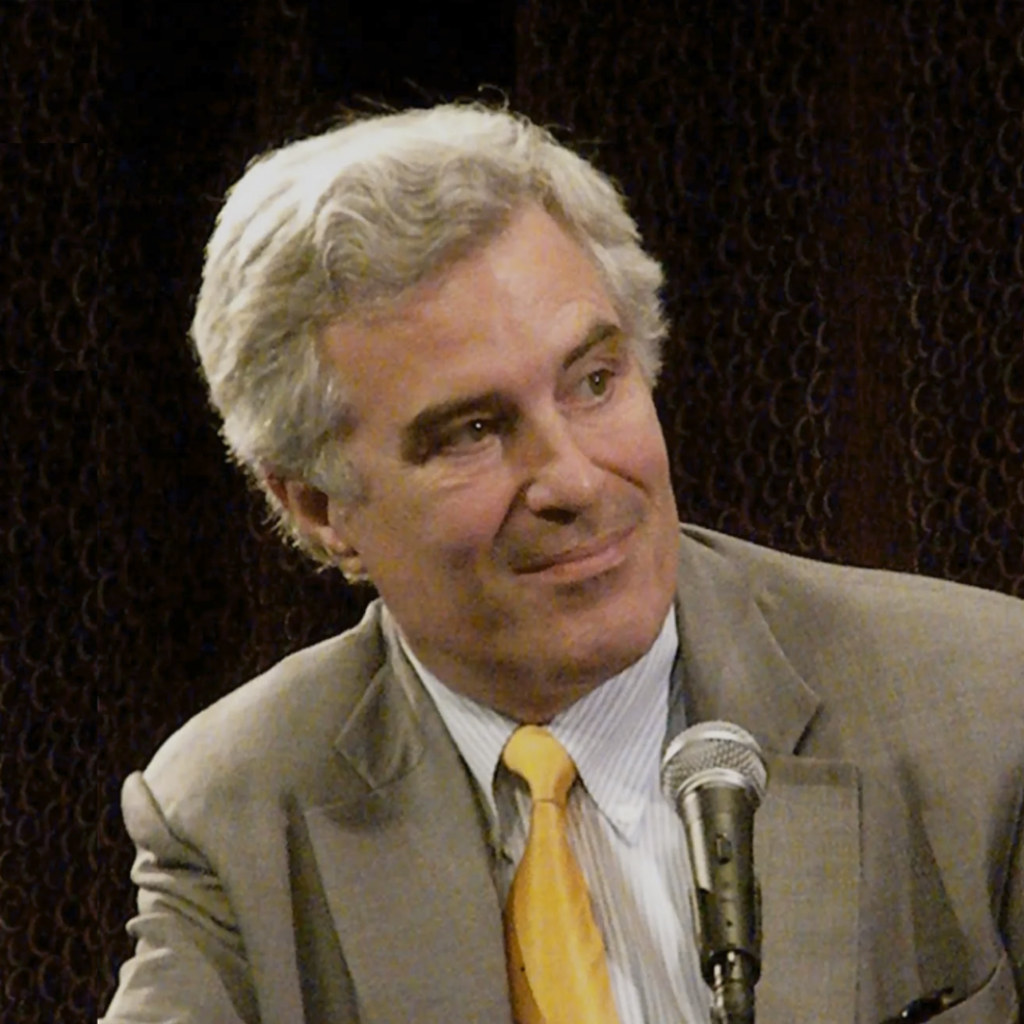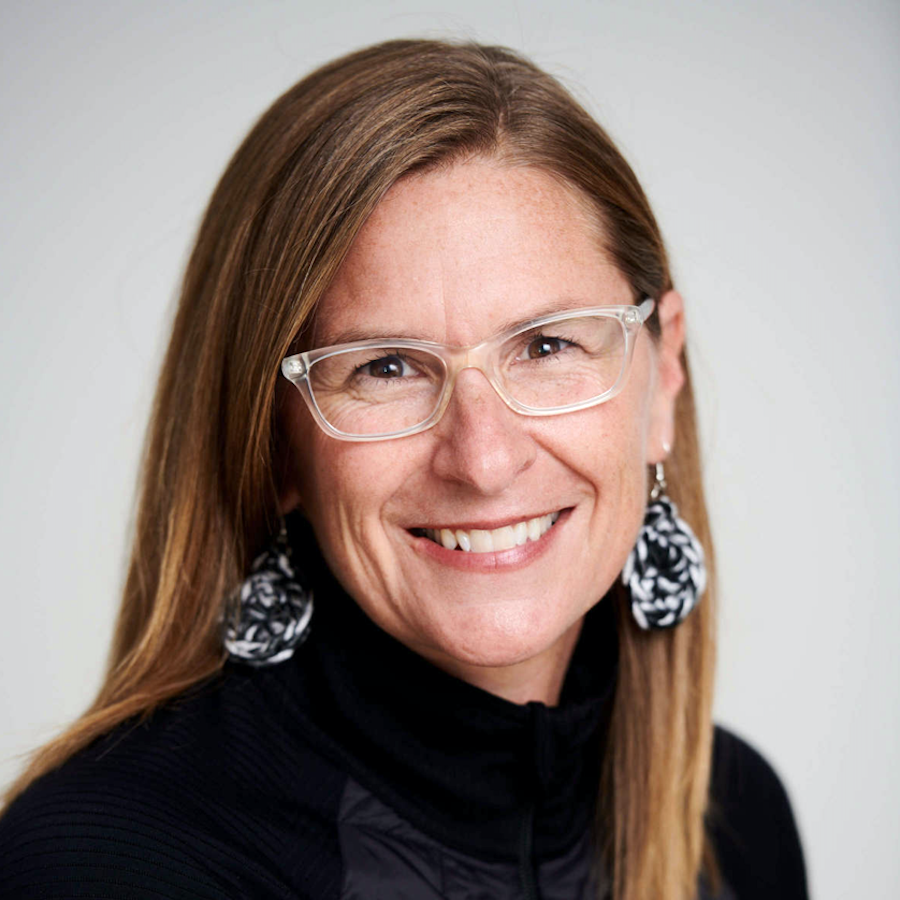
I live on a not so great street. It’s a shame because it could be really great!
My side of the street is filled with small storefronts, bars and restaurants. There is lots to see from the sidewalk and there are lots of places to stop along the way. The other side of the street is filled with a monolithic building that has no retail (or other) activity at all. And the next block down is no better since it’s filled with a parking garage.
No amount of street furniture, trees or landscaping will solve this fundamental problem. No-one wants to walk on the other side because it is boring and painfully empty. You’d be a solo pedestrian and no-one wants to be that. Even worse, the street is wide and inhospitable. There is no canopied median strip and there are no bike lanes. Crossing is not a leisurely stroll. It’s a hurried dash from one side to the other.
Really great streets are hard to find. Both sides must entice you to zig zag from one end to the other, making sure you haven’t missed any delectable place to stop along the way. Some of my favorites include Campbell’s Parade in Sydney, Australia with Bondi Beach and it’s bronzed surfers on one side and endless places to eat on the other; Istiklal Avenue in Istanbul, jammed with pedestrians, lined with stunning architecture and full of things to do day and night; and Flinders Lane in Melbourne. It’s just a tiny alley, but stuffed full of exciting shops and restaurants. I can never get enough of it.
What’s your favorite street?




